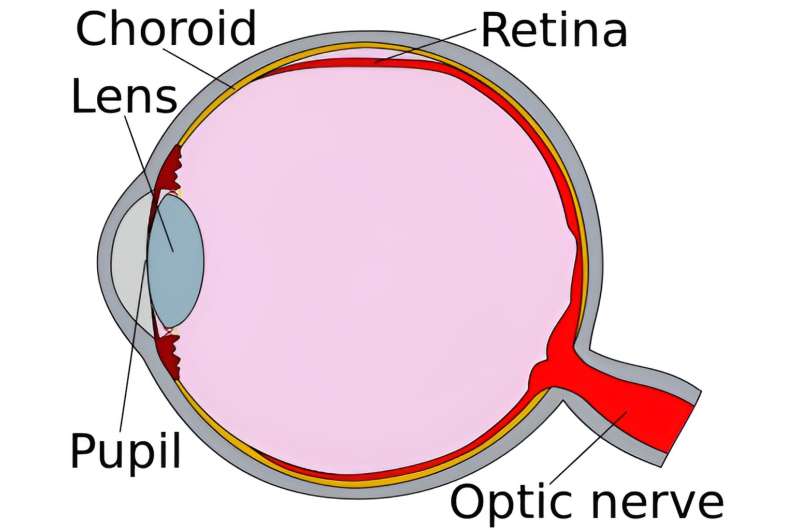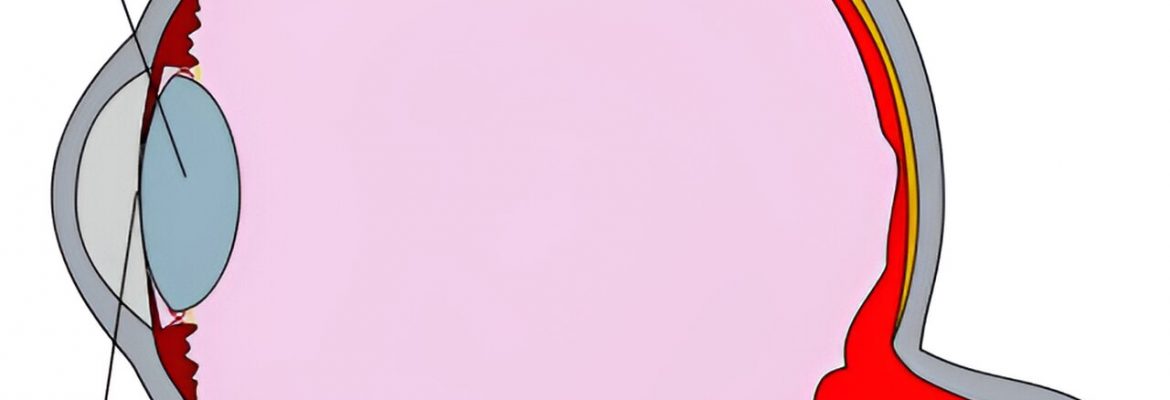Researchers develop minimally invasive technique to repair retinal detachment

A St. Michael’s retinal surgeon and researcher has developed a new, minimally-invasive technique to repair retinal detachment that requires no incisions and can be done in the ophthalmologist’s office. It could lead to faster healing for patients, allowing them to return to work and resume their normal daily activities more quickly, he says.
The technique, called suprachoroidal viscopexy (SCVEXY), is outlined in a new study published in JAMA Ophthalmology.
“St. Michael’s is an international leader in the management of retinal detachment, having carried out many key ophthalmology clinical trials,” said Dr. Rajeev Muni vitreoretinal surgeon at St. Michael’s and lead author of the study. “The trials we have done at St. Michael’s have demonstrated that less is more with retinal detachment repair.”
Retinal detachment is when the retina, a sensitive layer of tissue at the back of the eye, pulls apart from its normal position. It is a serious condition that causes patients to experience sudden changes to their vision, such as seeing floaters and flashes in their eye, blurred vision and a darkening of their side vision. If retinal detachment is not quickly repaired, it could lead to permanent and severe vision loss.
The most common type of retinal detachment is called rhegmatogenous retinal detachment (RRD), which occurs when there is a break or tear in the retina. When the retina tears, the gel-like fluid in the center of the eye can get behind the retina, causing it to detach from the surrounding tissue.
Many of the current techniques for repairing retinal detachment require invasive surgical procedures in the operating room. Another current option is an in-office procedure called pneumatic retinopexy which requires physicians to inject a gas bubble into the eye to reposition the retina. While pneumatic retinopexy is less invasive than other surgeries performed in the operating room, it still has downsides, as it involves the injection of a bubble into the eye and requires the patient to stop all their usual activities and remain in a certain position for a week after the procedure, said Muni.
In the paper, Muni and the research team, describe how their new technique was used at St. Michael’s. During these procedures, Muni injected a gel-like substance commonly used in eye surgery called viscoelastic into a specific space in the eye called the suprachoroidal space. This created an indentation in the area where the retina was torn, and effectively closed the tear. Less than 24 hours after the procedure, the retina was mostly reattached, the study said.
“We have demonstrated the ability to inject viscoelastic into the suprachoroidal space without incisions and in a way that can be done in the office,” Muni said. “This could lead to some patients having their retinal detachment fixed, while allowing them to return to regular activities the following day.”
By using minimally invasive techniques and avoiding draining fluid and large gas bubbles, this new technique could also result in better “integrity” of the retinal attachment, he added.
Muni says the next steps for the team are to perform more of these procedures on patients with retinal detachment and gain experience in a variety of clinical scenarios. The team has also submitted a patent application for a device to simplify the process and make it easier to inject the viscoelastic substance into the suprachoroidal space.
“We have spent the last 10 years trying to find better ways to reattach the retina as close as possible to its original position to optimize the quality of vision for patients. This is a new in-office technique where patients may be able to have their retina attached without an incision, a gas bubble injection or strict positioning, potentially allowing them to return to all their usual activities almost immediately,” he said.
More information:
Rajeev H. Muni et al, In-Office Suprachoroidal Viscopexy for Rhegmatogenous Retinal Detachment Repair, JAMA Ophthalmology (2023). DOI: 10.1001/jamaophthalmol.2023.3785
Journal information:
JAMA Ophthalmology
Source: Read Full Article
